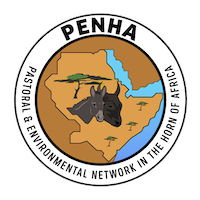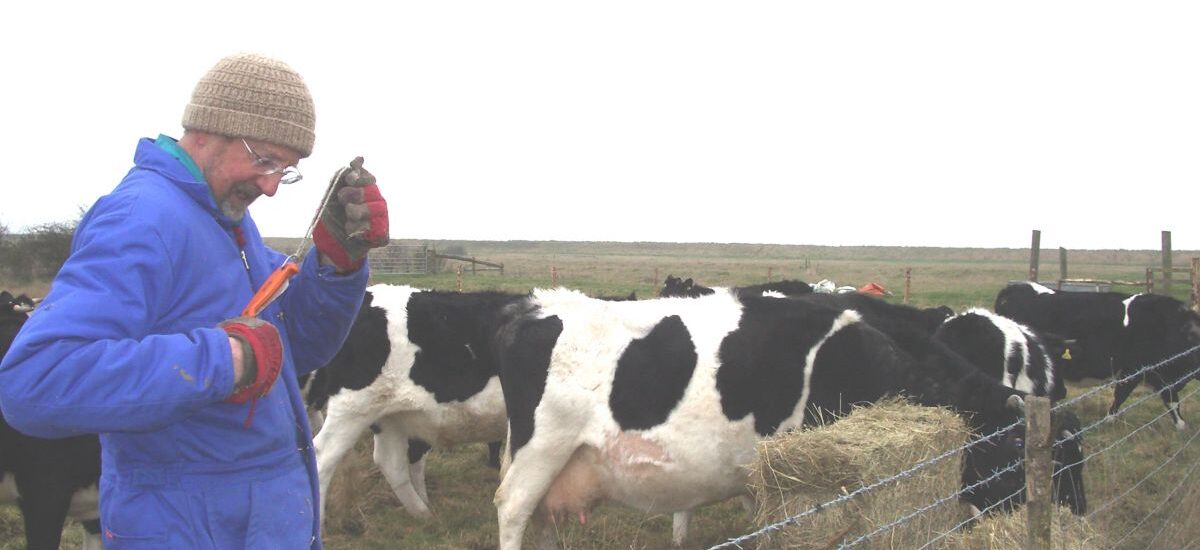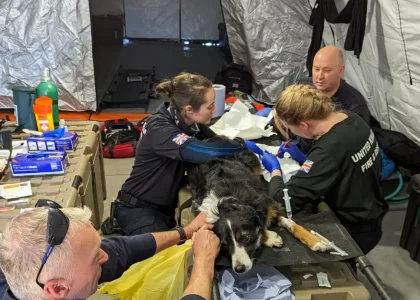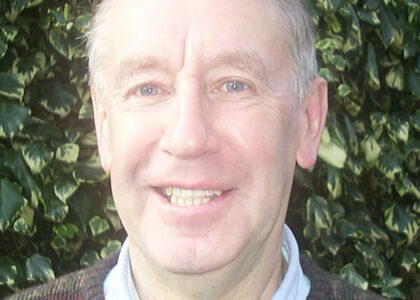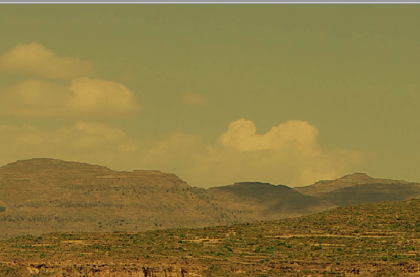By Bereket T. Tsegay *
This article is a reflection for the trip made to the Essex Wildlife Trust.
It was in January 2011, on a fairly cold and cloudy day. We – the three staff of the PENHA London Office (Dr. Zeremariam, Kees and Bereket) – were visiting the Essex Wildlife Trust at the Tollesbury Wick Marshes. The main objective of the trip was to gain an in-depth knowledge of organically maintaining the ecosystem and networking with the Essex Wildlife Trust. PENHA shares similar principles and values with the Trust as PENHA is concerned with environmental issues of the Horn of Africa. It also supports the natural way of conserving African biodiversity. The basic essence of the Wildlife Trust is to show the public how the ecosystem can be preserved organically, making the environment work as a model to others and providing a habitat for wild birds and animals.
It was almost noon when we arrived in Essex. The scene was nice as the snowy season of winter was ended and spring was coming- a perfect time to a visit. The weather was lovely; the field was starting to be greener. This gave us a chance to witness the beauty of Essex and have true feeling of rural and semi-urban landscapes.
After arriving at the classic field gate, Mr. Mike Sandison welcomed us to the Trust’s farm at Tollesbury. Then a long track took us to the animal farm. After exchanging ideas between us (the Trust and PENHA) at the small farm office, we went to field with animals. We were sur
prised as the sheep and cattle do not have a shelter or anything to cover their heads during the harsh cold season of winter. Always they tend to adapt themselves to the changes in weather. Wow!
The tour started by getting into a small cart pulled by small tractor. It was loaded on with a bundle of grass for the cows and nutritious hard cake for the sheep. It was interesting that the tyres of the cart and tractor were pumped to a soft pressure – as a strong pressure can harm the grasses of the field we passed through. It reduces the damage to the field.
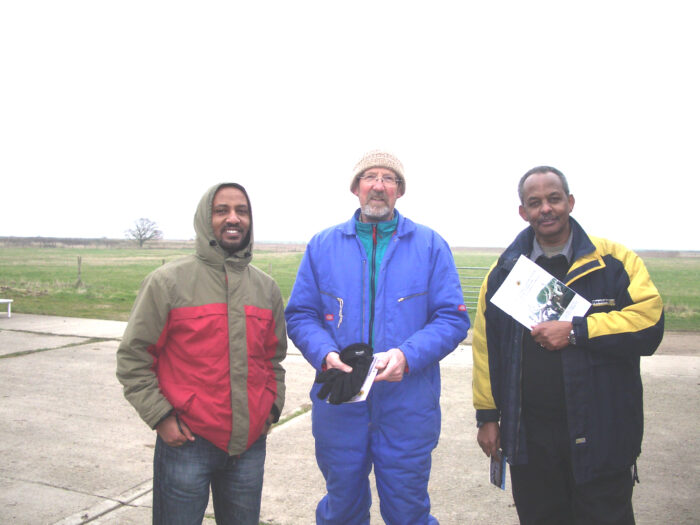
We were taken in the cart to the cattle field – watching the World War II communication tower from a near distant. I was imagining how Tollesbury looked like during the war and its strategic significance in defending the country. The cattle started to move towards us as they saw their stockman – Mike. I understood it as expressing their love to him. The color of them was a combination of black and white. Thinking they do not have a roof for their head I wondered about their physical strength to tolerate the
various types of weather in a year. Most of them are from an endangered traditional breed from Shetland which are suited for rough grazing marshes. The cows are not milked by humans and the calves enjoy it alone. Though the world is full of competition, I thought they are feeling the genuine freedom to feed themselves without looking jealously for milking barrels. He dropped some bundles of the grass and put also the stimulator in their feeding dishes. Immediately they started to enjoy it by licking it. According to him this helps them to happily enjoy their food and used as a starter! Even animals need to have a starter!!!
We continued to the wide sheep fields. The sheep with different genetic makeup were scattered throughout the field of the Trust. Their geographical origins also differs that contributed for their physical differences and the amount of wool they have. Some of them are from the Shetland and others from North Ronaldsay (Orkney). As we got there they started to run towards us – they knew that the stockman will bring some cookies with him. As he dropped some they instantly started fighting for them.
In our tour the unique types of bird were accompanying us in almost all parts of the trip. They are the heritages of the Trust and due to the determined efforts of the staff they successfully conserve them. Their movement was fantastic – seemed like a circus in a stage. As some of them rise up to the sky others land, yet others enjoy the unpolluted small ponds. Their diversity shows the Trust’s richness in biodiversity. Mike explained to us that some of the birds which used to migrate to Africa nowadays preferred to stay in the Trust – is that because of the climate change or due to the favourable environment created by the Trust? Though it may need a scientific study, these were my on the spot thoughts.
The Trust’s land in Tollesbury is on the edge of the Blackwater estuary on the East coast. It used to be salt marsh – which is covered at the very high tides. However in the last hundred or so years, it has been enclosed with a bank and the salt has gone. It has been grassed over – but the channels from the old salt marsh are still there so the land is very rough. It has been used for grazing cattle. Because no artificial fertilizers, weed killer, etc. are used, it is also a home for many local and endangered species of beautiful wild flowers and other plants.
Our tour lasted for almost three hours. The PENHA people thanked Mike and took some pictures. It was a great input for PENHA’s works in the area of Environment and its possible implications for the African ecological and biodiversity situations. And it was a good start of a possible cooperation and partnership with the Trust. Sharing and exchanging programmes have been one of PENHA’s core activity components in its 22 years of its existence.
For more information about the Essex Wildlife Trust, visit their website.
For a more detailed description of Tollesbury Wick, visit this link.
Pictures by Kees and Bereket
*Originally from Eritrea, Bereket T. Tsegay currently works at PENHA’s head office as Research and Communications Officer. With a background in Public Management specializing in Development Studies and Public Policy Analysis, he has spent several years working in areas of management, policy, research, and communication. He can be contacted: bere.tsegay@gmail.com
